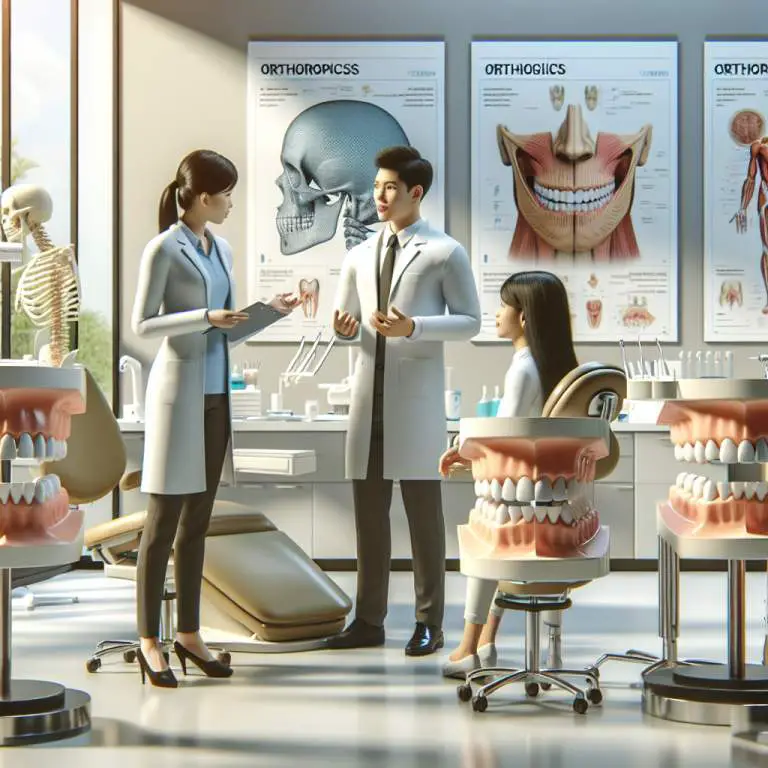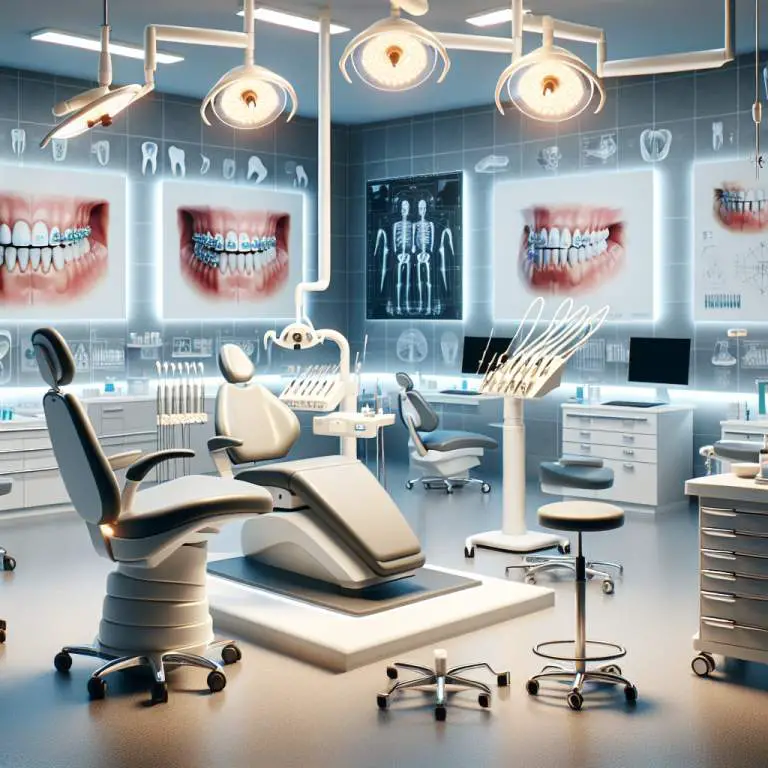What are the orthodontic views on mewing?
Orthodontic views on mewing, which involves pushing the tongue against the roof of the mouth to potentially improve facial structure, are mixed. Some orthodontists believe it can complement traditional treatments by promoting better jaw alignment and breathing patterns. However, others caution that without scientific evidence supporting its effectiveness, mewing should not replace conventional orthodontic procedures. People considering orthodontic treatment are advised to consult with a professional before trying mewing as an alternative or supplement.

How Does Mewing Compare to Traditional Orthodontic Treatments?
Mewing is a technique that some people believe can help shape the jaw and align the teeth, just by changing how you position your tongue. It’s pretty different from what orthodontists usually do with braces or Invisalign. These traditional methods involve using hardware to directly move the teeth into a better position over time.
While mewing is all about using your muscles to make changes, braces and Invisalign are more hands-on for the dentist and require regular check-ups and adjustments. So, when you think about mewing versus traditional treatments, one is something you do on your own, and the other involves professional help to get your smile looking its best.
What Are the Potential Benefits of Mewing According to Orthodontists?
Some orthodontists think mewing might have benefits like improving jawline definition and possibly even helping with breathing problems. The idea is that by positioning your tongue against the roof of your mouth, you’re encouraging your jaw to grow in a certain way. This could lead to a more defined jawline over time.
However, it’s important to remember that not all experts agree on these benefits. While some see potential in mewing as a complement to traditional orthodontic work, others are skeptical about how much it can really do on its own. But for those who practice it consistently, there might be some positive changes.
Are There Any Risks or Downsides of Mewing from an Orthodontic Perspective?
When talking about risks or downsides of mewing from an orthodontic point of view, one major concern is that it might not work for everyone. Since it’s not a scientifically proven method like braces or Invisalign, there’s no guarantee you’ll see the results you’re hoping for. Plus, if done incorrectly, there’s a chance it could cause issues with how your teeth fit together.
Another thing orthodontists worry about is people choosing mewing over proven treatments thinking it will fix serious dental issues. This could lead to delays in getting the right treatment and potentially making things worse in the long run. So while mewing might seem like an easy fix, it’s important to talk with a professional before skipping out on traditional methods.
Can Mewing Be a Substitute for Braces or Invisalign?
The short answer here is probably not for most people. Mewing involves training yourself to hold your tongue in a specific position which might help with minor cosmetic improvements over time. However, if someone has significant dental issues like severely crooked teeth or a misaligned bite, mewing alone isn’t likely going to be enough.
Braces and Invisalign are designed specifically to address these kinds of problems by moving the teeth into better positions under the care of an orthodontist. While practicing good posture and tongue placement can contribute positively to oral health, they’re not replacements for professional orthodontic treatment when it’s needed.
| Aspect | Professional Opinion on Mewing | Notes |
|---|---|---|
| Efficacy in Adults | Limited evidence of significant changes; more research needed. | Mewing primarily suggested for younger individuals due to the malleability of their facial structure. |
| Efficacy in Children and Teenagers | Potential benefits in promoting proper jaw development and alignment. | Should be monitored by professionals to ensure correct technique and avoid potential issues. |
| Risks and Side Effects | Possible temporomandibular joint (TMJ) issues if done incorrectly. | Incorrect technique can lead to pain, discomfort, or misalignment. |
| Comparison with Orthodontic Treatment | Not a substitute for professional orthodontic treatment where structural correction is needed. | Mewing may complement but not replace the need for braces or other orthodontic interventions. |
| Scientific Backing | Limited scientific studies supporting its effectiveness as compared to established orthodontic treatments. | Most evidence is anecdotal or based on theoretical models rather than clinical trials. |
What Do Orthodontists Recommend for Best Results with Mewing?
Orthodontists suggest that for the best results with mewing, consistency is key. It’s important to practice proper tongue posture every day. They recommend keeping the entire tongue pressed against the roof of the mouth, not just the tip. This helps in engaging the correct muscles.
Besides, professionals advise combining mewing with other healthy habits. These include maintaining good oral hygiene and staying hydrated. Proper nutrition and regular exercise can also enhance the effects of mewing. Following these recommendations can help in achieving optimal outcomes.
How Long Should One Practice Mewing Before Seeing Results, According to Professionals?
Professionals say that seeing results from mewing can take time. It might be several months or even a year before noticeable changes occur. The time it takes varies from person to person depending on various factors like age and consistency in practice.
They emphasize patience and persistence with the technique. Continuous effort and adherence to proper technique are crucial for success. Regularly practicing mewing as part of daily routine is essential for achieving desired outcomes.
Is There Scientific Evidence Supporting the Efficacy of Mewing?
The scientific evidence supporting mewing is limited. While there are anecdotal reports and testimonials claiming benefits, rigorous scientific studies are scarce. Some research suggests potential benefits related to improved breathing and posture.
However, orthodontists caution against expecting dramatic changes without solid evidence backing those claims. They encourage further research into mewing’s efficacy and its long-term effects on facial structure and health.
Final Thoughts
Mewing has gained attention as a non-invasive technique for improving facial aesthetics and function. While some individuals report positive changes, it’s important to approach it with realistic expectations.
Consulting with an orthodontic professional before starting any new practice is advisable. They can provide guidance tailored to individual needs and conditions, ensuring safety and effectiveness in pursuing facial enhancement goals through techniques like mewing.







